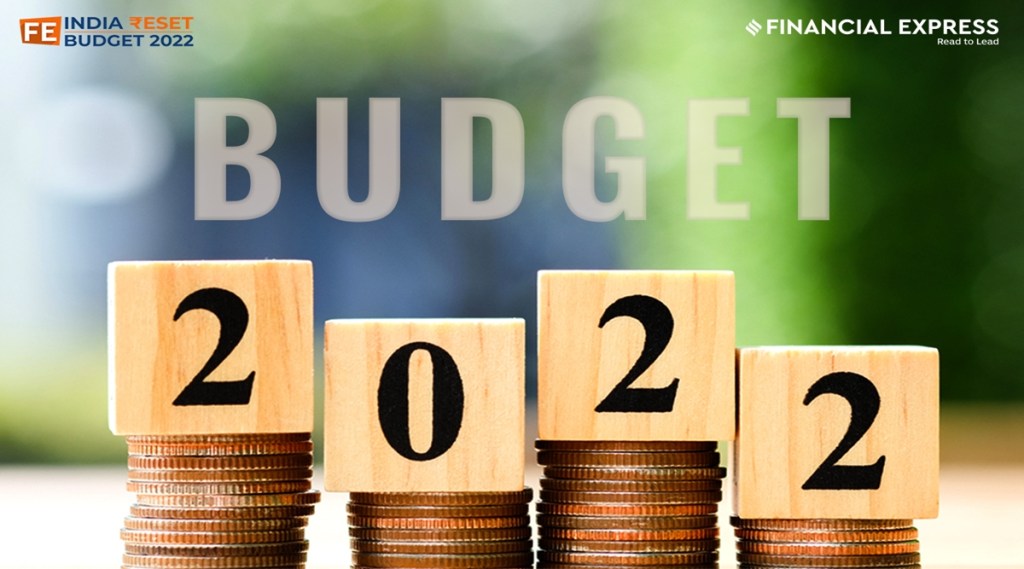When the economic history of the three years of Covid gets written in India, the Narendra-Modi government may justifiably take pride in its unflinching resolve on growing the economy with prudence. As we know, in the aftermath of the first wave of Covid in India, there was no dearth of sage advice from economic experts of all ilks, pushing for mimicking the Western economic response of fiscal profligacy without worrying about the conventional concerns on managing fiscal deficit. Interestingly, while accepting the need to temporarily abandon the dogma of maintaining the fiscal deficit target, the Centre did not yield to any adrenaline rush and print cheap money. It rather focussed on working closely with RBI to ease monetary policy. Simultaneously, at an early stage in the pandemic, it unveiled a long-term vision of structural reforms along with a series of investor-friendly initiatives.
This approach ensured high credibility when it came to the government’s intent on maintaining prudence, even though fiscal deficit expectedly shot up to 9.2% of GDP for FY21. On the back of a quick turnaround in GDP growth, Budget FY23 has been almost fully able to maintain the fiscal deficit target of 6.8% for FY22 while projecting a reduced target of 6.4% for FY23. Specifically on taxation, the relentless efforts towards formalisation and digitisation have resulted in a very healthy tax buoyancy, both for direct as well as indirect taxes. It is against this backdrop that the FM has been able to confidently retain stability in tax rates and shun the temptation of incremental tax measures.
Once again, there are no dearth of economic experts who keep exhorting the Centre to increase tax rates, on the grounds of addressing inequalities in income while ignoring the obvious reality that high income earners and their capital are extremely mobile and are spoilt for choice in an intensely competitive global market. In fact, the FM has chosen to restrict the surcharge on LTCG to 15% for all types of assets, including unlisted securities, bringing them on a par with listed securities when it comes to surcharge. At the same time, the FM has clearly signalled her intent to wean investments away from virtual currencies by imposing a flat tax rate of 30%.
The other notable feature of the Budget is that rather than tweaking existing provisions relating to, say, SEZs or PEs/VCs, the FM has chosen to focus on overhauling the entire framework to make it more current and attractive for business. The proposal to push the sunset-date on setting up of new manufacturing units and availing the concessional tax rate of 17% (including surcharge) from March 31, 2023, to March 31, 2024, will give time to business-entities to benefit from this incentive, more so as many would also be eligible for PLI benefits which have only recently been firmed up across many sectors. Similarly, the date of incorporating a start-up entity eligible for tax incentives (in three out of 10 years) has been extended from March 31, 2022 to March 31, 2023.
Also Read | In need of fiscal space
The salaried class, though, may be disappointed, given the absence of any further relief in tax rates or deductions—perhaps meant to progressively nudge taxpayers towards the ‘lower tax-rates, no deductions’ regime. In a long-awaited and welcome move, surcharge on taxation of unincorporated joint ventures has been restricted to 15% instead of applying the higher rates of surcharge for high-income individuals. This will remove the anomaly of such ventures, especially for the infrastructure sector that suffers higher surcharge than normal corporate entities
Budget FY23 signals confidence in India’s short- and long-term growth stories as well as confidence in progressively enhancing the tax base through effective use of technology and transparency.
The writer is EY India tax leader. Views are personal.

